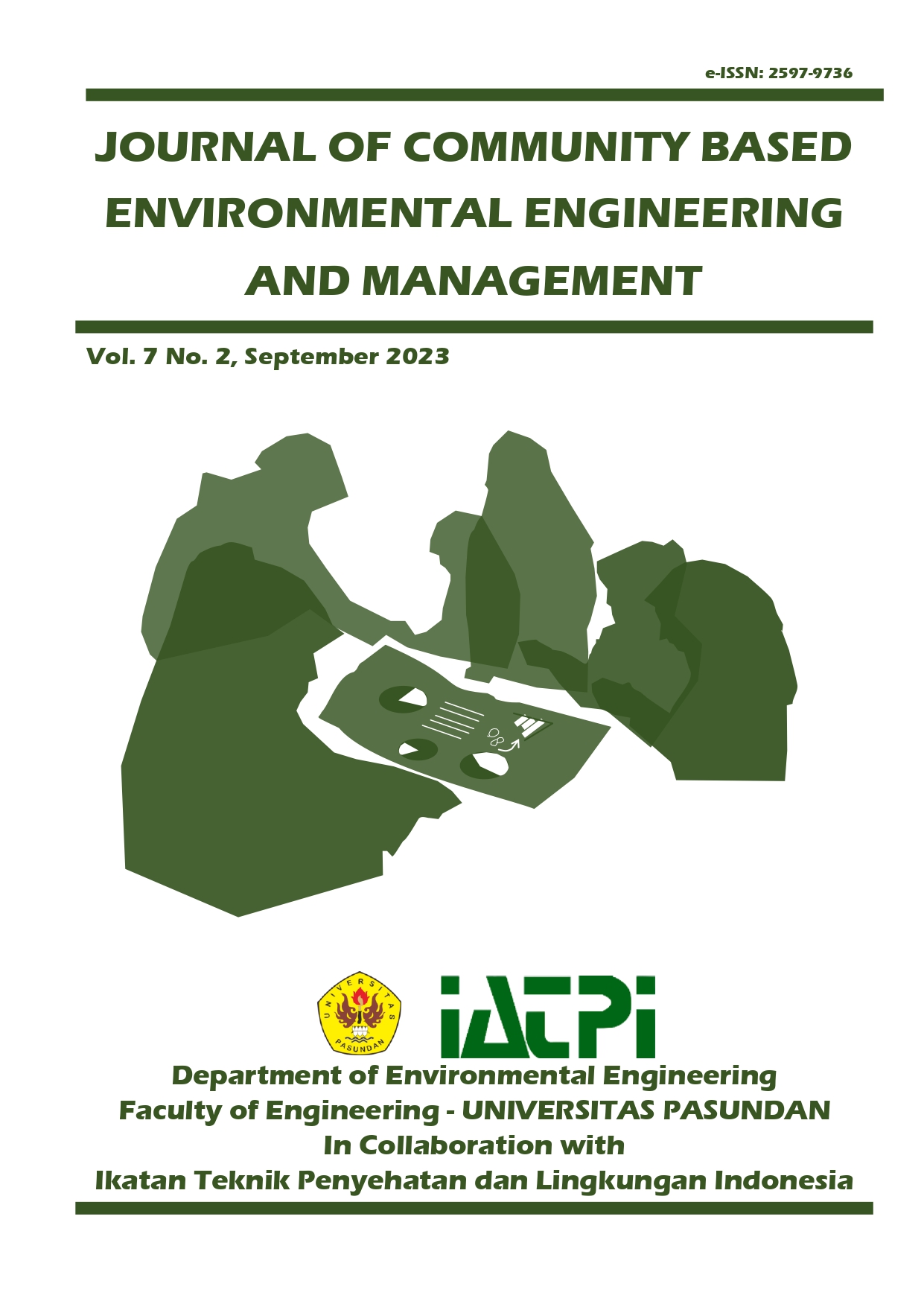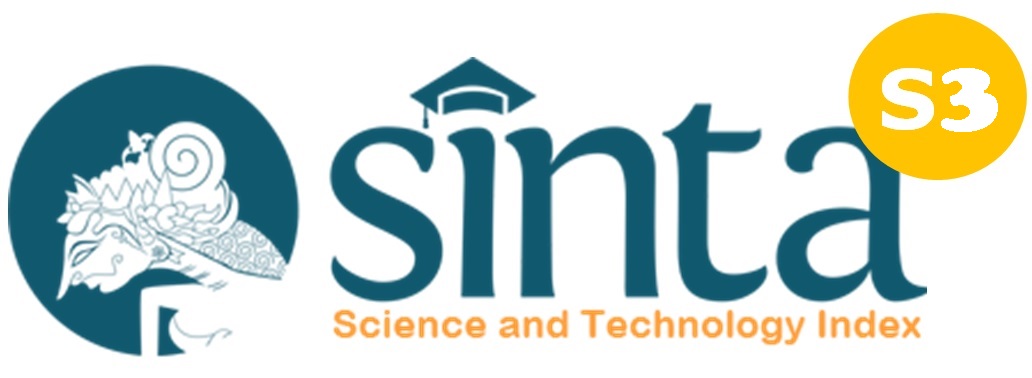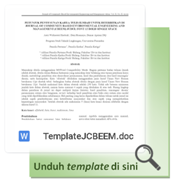Mapping Water and Sanitation Condition to Improve Universal Access in Bandung City
DOI:
https://doi.org/10.23969/jcbeem.v7i2.10260Keywords:
drinking water, index, mapping, sanitation, riskAbstract
Many developing countries lack the necessary infrastructure for clean water supply and sanitation facilities, especially in urban areas. Cities in Indonesia are also facing this problem. The rapid growth of urban areas puts a strain on existing water and sanitation infrastructure, making it difficult to meet the increasing demand for services. This can lead to inadequate mapping and planning for future needs. Water and sanitation mapping is an important tool for monitoring access to clean water and sanitation facilities to gather accurate data and improving access to clean water and sanitation. The purpose of this study is mapping water and sanitation condition and calculate the sanitation index. The mapping carried out includes source of drinking water, wastewater, drainage system, and solid waste disposal. The study was conducted in RW 06 Pasirluyu, a community neighbourhood in Bandung City. The methods used are questionnaire interviews and direct observation. The total respondents of study locations were 225 houses, but only 101 houses were willing to participate in the study. The study results show that 89% of respondents clean water source comes from deepwell groundwater for cooking and washing, wheran openmain source for drinking water is from bottled water, 89% of respondents use septic tank for their wastewater, 11% of respondents dispose their wastewater into open channels or conduct open defecation, 89% of the draineage is open drainage system, and 61% of the respondents conducted solid waste separation. Sanitation index assessment in RW 06 Pasirluyu calculated scored 1.25 for drinking water aspect, 1.23 domestic wastewater aspect. 1.21 drainage aspect, 1.02 domestic waste aspect. Overall, based on the sanitation index assessment results, the RW 06 Pasirluyu is classified as good.
Downloads
References
Do deep wells mean better water, (2010), polk.extension.wisc.edu, https://polk.extension.wisc.edu/files/2010/12/Do-Deeper-Wells-Mean-Better-Water.pdf
Freeman, M.C., Garn, J.V., Sclar, G. D., Boisson, S., Medlicott, K., Alexander, K.T., Penakalapati, G., Anderson, D., Mahtani, A.G., Grimes, J. ET., Rehfuess, E.A., Clasen, T.F. (2017). The Impact of Sanitation on Infectious Disesase and Nutritional Status: A Systemic Review and Meta-Analysis. 220(6):928-949
Global access clean water sanitation mapped, (2015), theguardian.com, https://www.theguardian.com/global-development-professionals-network/2015/jul/01/global-access-clean-water-sanitation-mapped
How imagery can support clean water for all, (2021), sdg.iisd.org, https://sdg.iisd.org/news/how-satellite-imagery-can-support-clean-water-for-all/
Local Burden of Disease WaSH Collaborators. (2020), Mapping geographical inequalities in access to drinking water and sanitation facilities in low-income and middle-income countries, 2000-17. Lancet Glob Health. 8(9):e1162-e1185. doi: 10.1016/S2214-109X(20)30278-3.
Mapping geographic inequalities access drinking water and sanitation, (2020), healthdata.org, https://www.healthdata.org/research-analysis/library/mapping-geographic-inequalities-access-drinking-water-and-sanitation
National Medium-Term Development Plan 2015-2019
Potential well water contaminants and their impacts, (2022), epa.com, https://www.epa.gov/privatewells/potential-well-water-contaminants-and-their-impacts
Reaper wash evidence gap map, (2022), developmentevidence.3ieimpact.org, https://developmentevidence.3ieimpact.org/egm/reaper-wash-evidence-gap-map
Scherer, T, (2020), Protecting Your Water Source: What’s the Condition of Your Water Well? https://www.ndsu.edu/agriculture/extension/publications/protecting-your-water-source-whats-condition-your-water-well
Syahruddin, M & Amiruddin, & Halide, Halmar & Sakka, Sakka & Makhrani,. (2019). Groundwater Conservation with Hole Infiltration of Biopore Cube. IOP Conference Series: Earth and Environmental Science. 279. 012021. 10.1088/1755-1315/279/1/012021.
Tseole NP, Mindu T, Kalinda C, Chimbari MJ, (2022), Barriers and facilitators to Water, Sanitation and Hygiene (WaSH) practices in Southern Africa: A scoping review. PLoS One. 2;17(8):e0271726. doi: 10.1371/journal.pone.0271726.
World vision kenya improves access to clean water sanitation, (2022), esri.com, https://www.esri.com/about/newsroom/arcnews/world-vision-kenya-improves-access-to-clean-water-sanitation/














